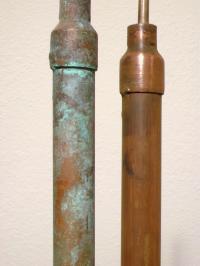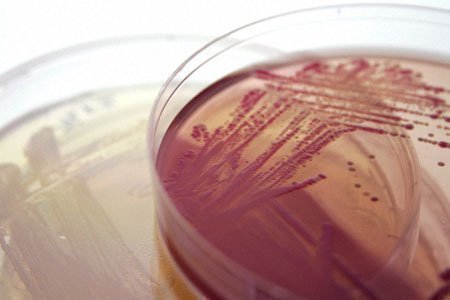What Are Pennies Made Of?
Before 1982, the penny was made of copper which is why they, unlike most other coins, don't look silver. However, after 1982, the U.S. government realized that it was too expensive to make a penny–more than the penny was worth in money–so they decided, instead, to make it with a mixture of two different metals. …







